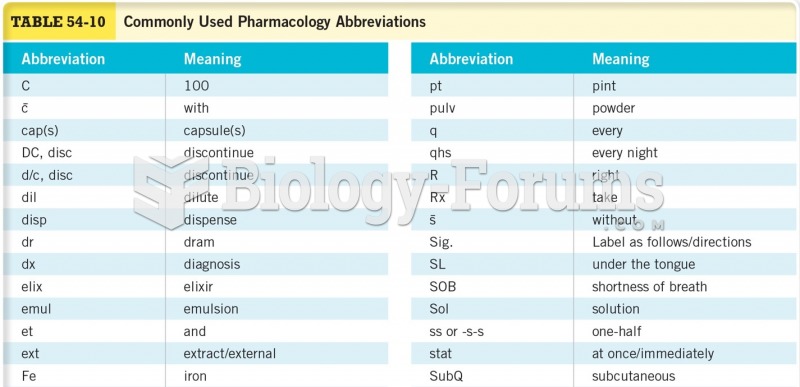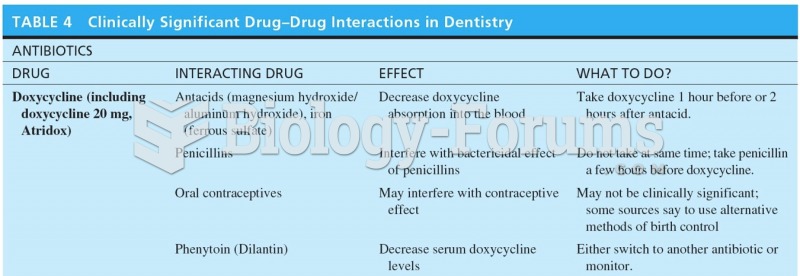Answer to Question 1
Correct Answer: 1
Rationale 1: It did prevent sale of drugs that had not been tested before marketing.
Rationale 2: It did not give the government power over labeling contents; the Pure Food and Drug Act did.
Rationale 3: It did not standardize quality of food, drugs, or cosmetics.
Rationale 4: It did not prohibit sale of drugs labeled with false therapeutic claims to defraud the pubic; this was the Sherley Amendment.
Global Rationale: The Food, Drug, and Cosmetic Act of 1938 did prevent sale of drugs that had not been tested before marketing. The Act did not give the government power over labeling contents; the Pure Food and Drug Act did. It did not standardize quality of food, drugs, or cosmetics. It also did not prohibit sale of drugs labeled with false therapeutic claims to defraud the pubic; this was the Sherley Amendment.
Answer to Question 2
Correct Answer: 1,2,3,4
Rationale 1: Patent medicine did contain the brand name clearly identifying the product.
Rationale 2: Patent medicine claimed to cure everything from consumption to all forms of weakness.
Rationale 3: Many patent medicines contained coloring and flavoring and were both harmless and ineffective.
Rationale 4: Some elixirs contained up to 50 morphine. In the late 1800s, Coca-Cola contained about 9 mg of cocaine per serving.
Rationale 5: It was not until the Sherley Amendment was passed in 1912 that false therapeutic claims were prohibited.
Global Rationale: The statements that accurately depict the situation regarding patent medicines in the 1800s include that patent medicine did contain the brand name clearly identifying the product; patent medicine claimed to cure everything from consumption to all forms of weakness; many patent medicines contained coloring and flavoring and were both harmless and ineffective; and some elixirs contained up to 50 morphine. In the late 1800s, Coca-Cola contained about 9 mg of cocaine per serving. It was not until the Sherley Amendment was passed in 1912 that false therapeutic claims were prohibited.







